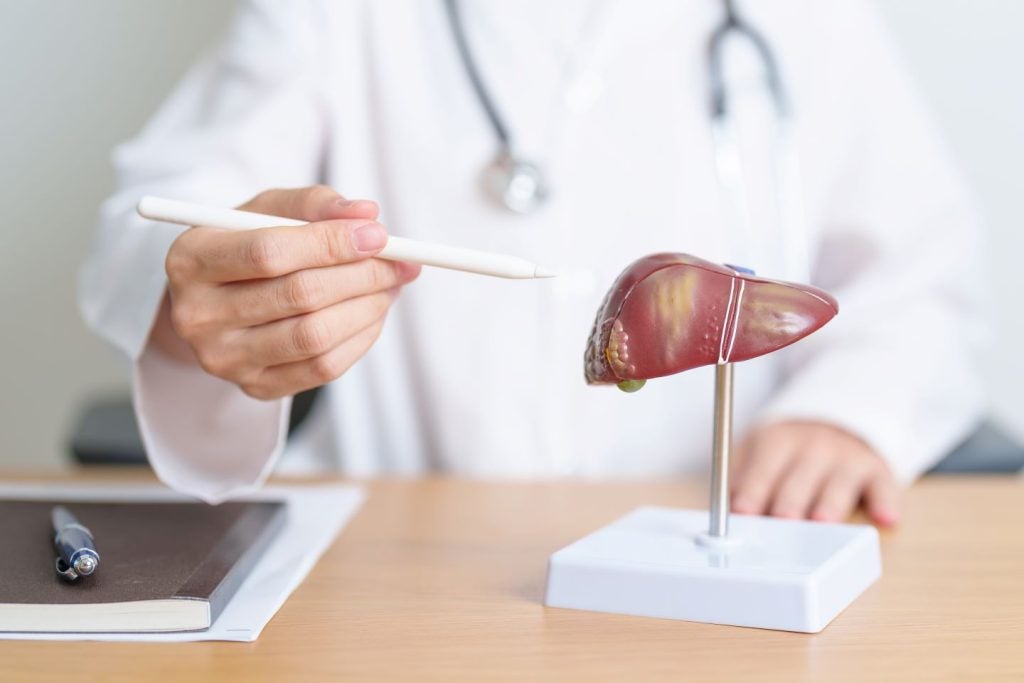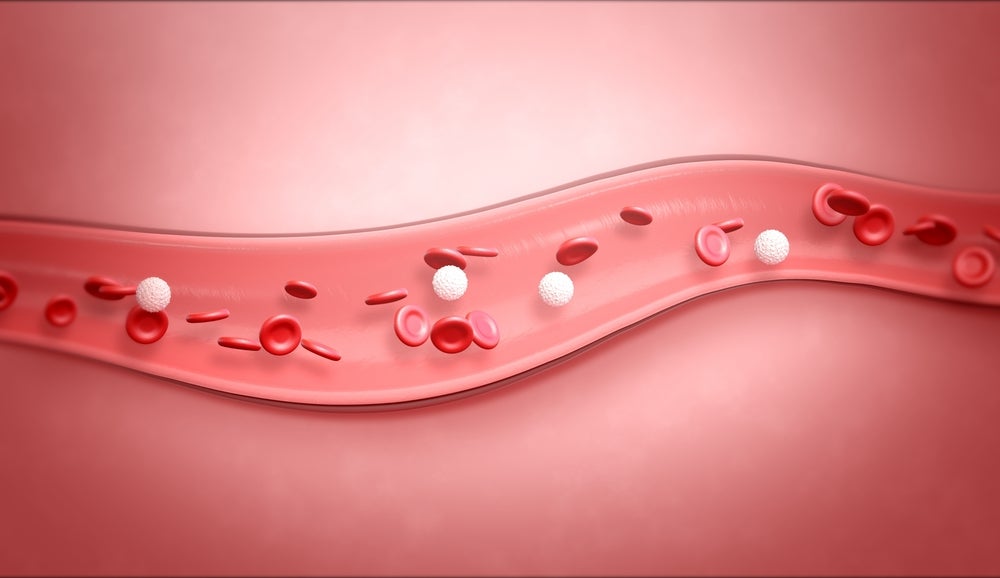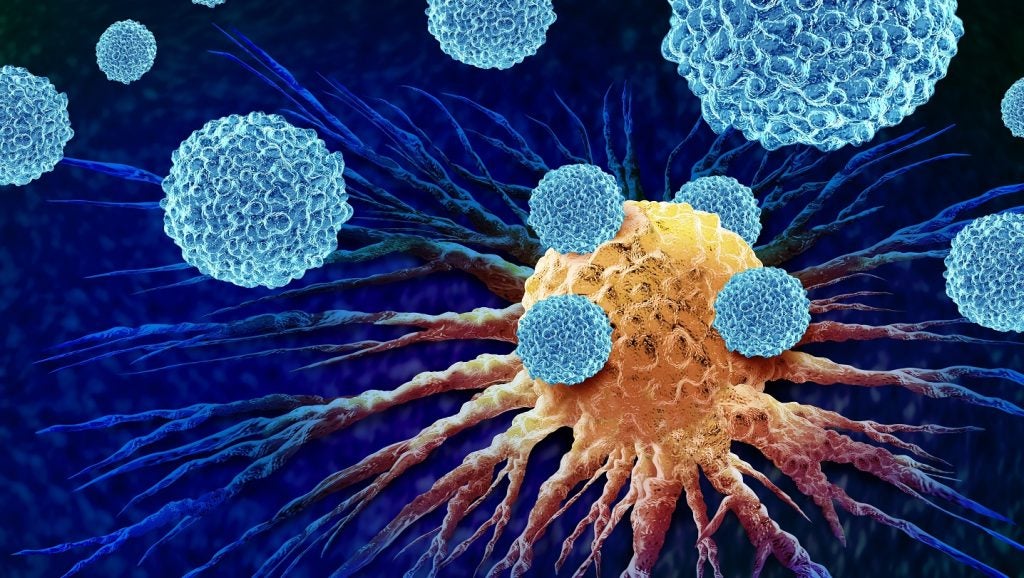
Acne affects 650 million people, almost 1 in 10, making it the eight-most common disease worldwide.
It is a skin condition that occurs when hair follicles are clogged with dead skin cells and oil, triggering an inflammatory response from the body.
In the US, 50 million people have acne.
This covers all grades of acne, including whiteheads, blackheads, papules, pustules, nodules and cysts.
The resulting appearance can lead to social withdrawal (31%), low self-esteem (46%), depression (96%) and, in extreme cases, suicidal thoughts (14%).
It is most common in teens and young adults, when it is brought on by hormonal changes.
How well do you really know your competitors?
Access the most comprehensive Company Profiles on the market, powered by GlobalData. Save hours of research. Gain competitive edge.

Thank you!
Your download email will arrive shortly
Not ready to buy yet? Download a free sample
We are confident about the unique quality of our Company Profiles. However, we want you to make the most beneficial decision for your business, so we offer a free sample that you can download by submitting the below form
By GlobalDataA genetic role is thought to be the primary cause in 80% of cases.
Americans spend an estimated $3 million dollars per year on acne treatment, and 30% rely on over-the-counter products to treat their condition.
There are many effective acne treatments available, such as benzoyl peroxide, antibiotics, retinoids and salicylic acid.
Some acne treatments have garnered controversy
The prescription drug Accutane had serious side effects, including birth defects, liver damage, gastrointestinal disorders, depression and suicide, and was subsequently removed from the market due to a class action suit.
Although many of the treatments are effective, the complex regimen of these products and side effects lead to poor adherence, which undermines the success of the treatment.
There is room for improvement in this therapy area as there have been no novel products in the market in 10 years, as pharmaceutical companies have been repurposing the same products.
Innovation in acne treatment is long overdue
There is potential in this therapy area, and it is highly lucrative, reaching $3 billion in 2016.
An overwhelming majority of 85% of people have experienced acne at some point in their lives.
Considering the mental health issues associated with the condition, savings could be made in mental health resources if pharmaceutical companies invested in novel treatments in the future.
This can be achieved through gaining a better understanding of the pathology of acne, which in turn will lead to the identification of novel and safe drug targets, better penetration of the active drug and better outcomes than traditional acne treatments.







